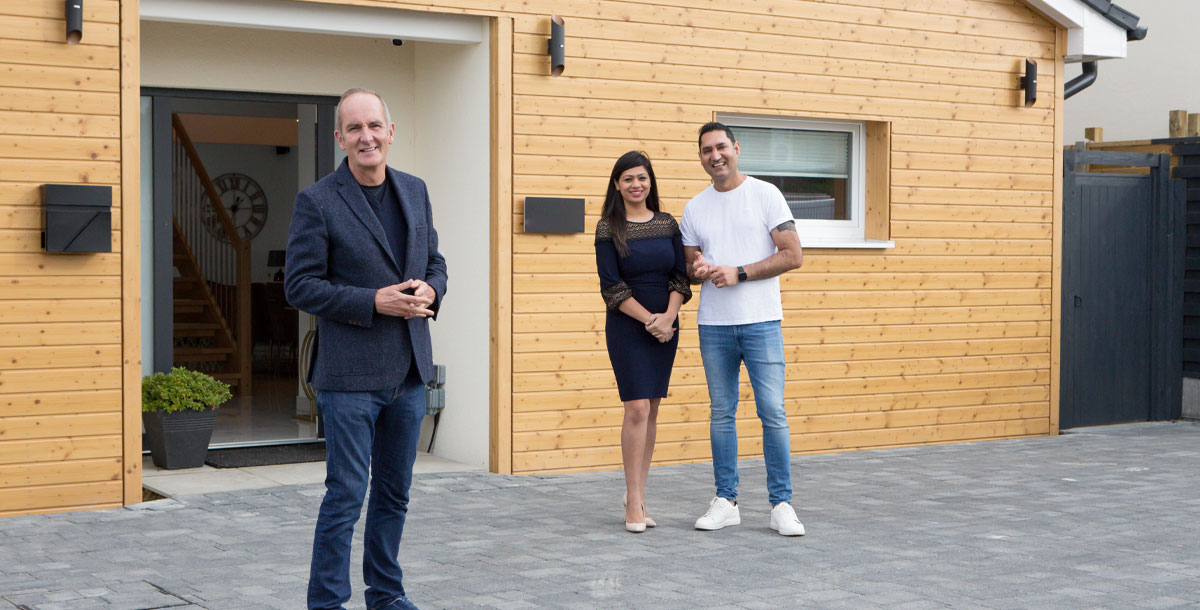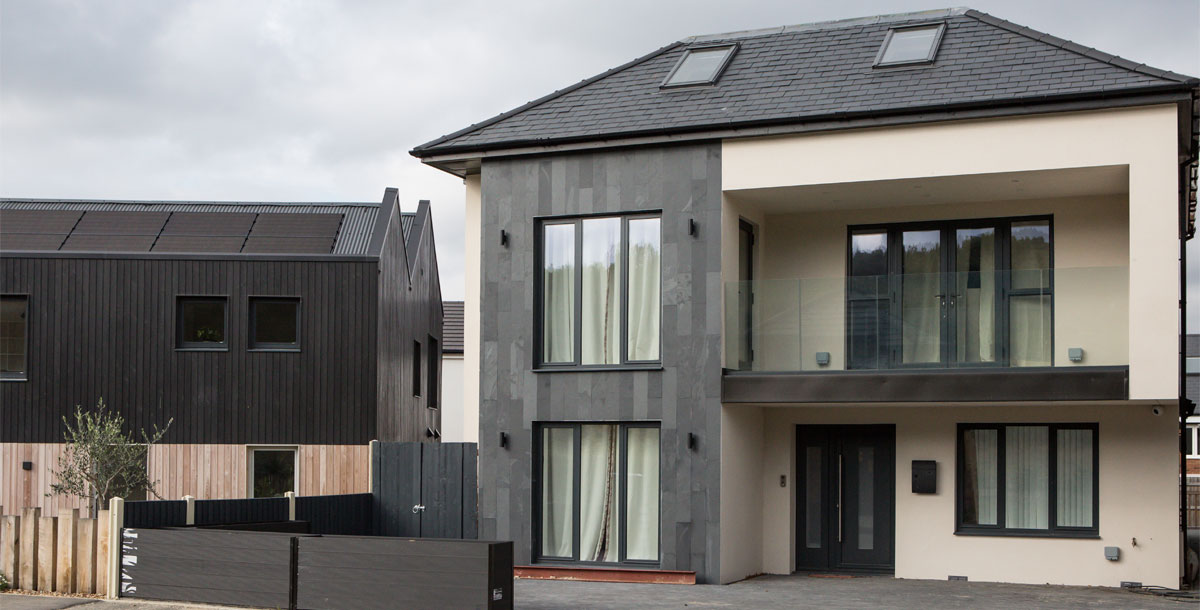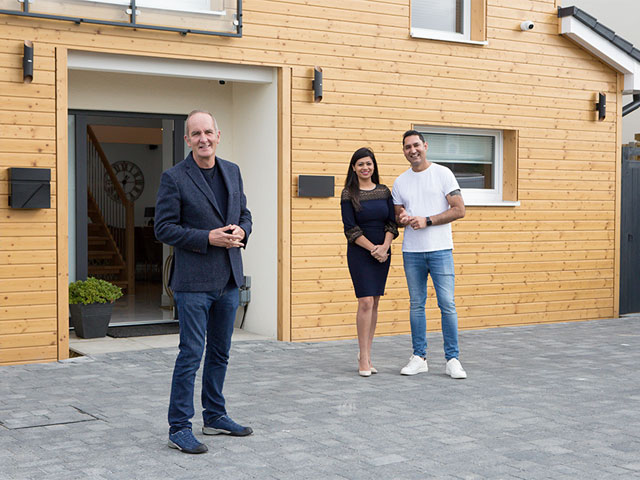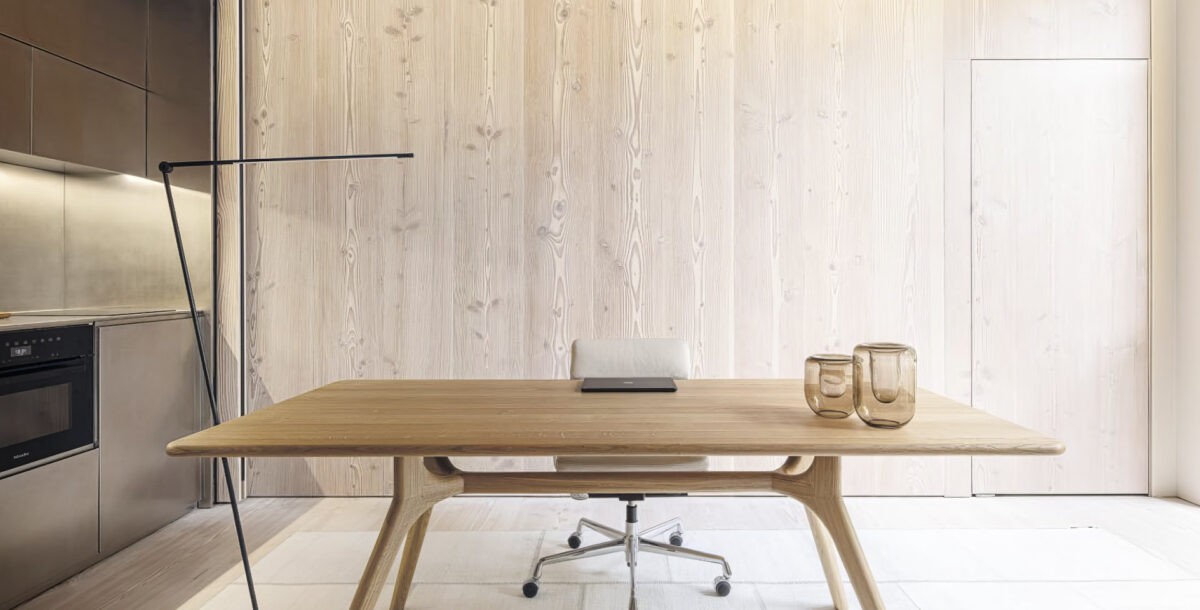Self-build versus custom build on Grand Designs: The Streets
Two couples go head-to-head using different build systems to create their dream homes
Grand Designs: The Streets has returned to Channel 4 with five new episodes following self builders tackling projects at the Graven Hill site in Oxfordshire, and on a new custom and self-build site in Glasgow.
The second episode, which aired on 20 April 2022, sees two couples from the same friendship group tackle very different projects. Vineet and Simmi, and Prabhjot and Shalini, are part of a community of friends who met while living in Slough. Gradually, the close-knit group is moving to Graven Hill. But while Vineet and Simmi decided to self build their dream home, Prabhjot and Shalini opted for the custom-build method.
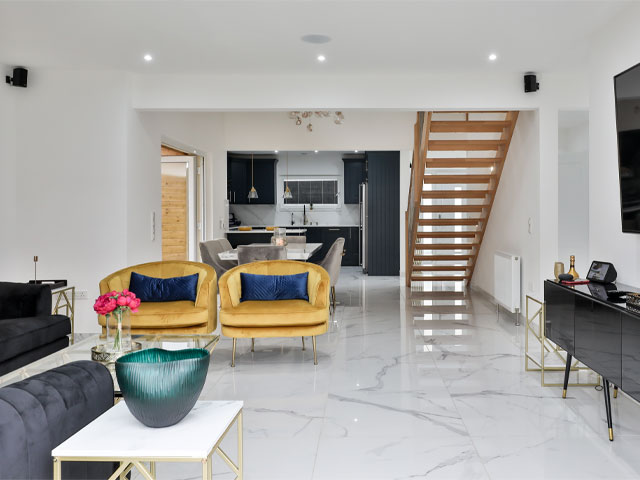
Prabhjot and Shalini’s custom-build home, as seen in Grand Designs: The Street. Photo: Claire Williams
Vineet and Simmi
Vineet and Simmi, who wanted more space for their two boys, hired a friend who owns a construction company for their self-build project. Dirash has not only built his own home at Graven Hill, he has also worked on a number of homes for his friends at Graven Hill, so he’s used to mixing friendship with business. The process wasn’t entirely frictionless, however, particularly when Vineet changed his mind about the top-floor layout mid-project.
‘The stresses of self build come in usually recognisable forms,’ said Kevin McCloud during filming. ‘Do I have enough money? No. Will I be in for Christmas? Probably not. Should I have employed an architect? Almost certainly, yes! Except in the case of Vineet and Simmi and Dirash, where something else is being stressed and tested, and that is, of course, friendship.’
Vineet and Simmi have £625,000 to build a warm fortress against the British weather.
They’ll be using a method called ICF – insulated concrete formwork #GrandDesignsStreets pic.twitter.com/iwBNy0M9zt
— granddesigns (@granddesigns) April 20, 2022
The couple wanted to build a super-insulated house, since Simmi, originally from Bombay, struggles with the cold British winters. They opted to construct their house using ICF (insulated concrete formwork), a build system that Kevin McCloud calls ‘quick and elegant’.
The walls are built up using thick, hollow foam blocks that slot together and are then filled with concrete, resulting in an airtight, thermally efficient, load-bearing structure. The quick, simple system can deliver a house in a week. In just three days, Vineet and Simmi’s ground floor was complete. Two week’s later, the first steel roof trusses were installed, completing the first floor.
The plan was to coat the walls with a flexible white render, but the project hit a snag when the warranty provider objected to the render. The project ground to a halt for six weeks, costing Vinnet and Simmi more than £8,000 in additional rent and an extension to the self-build mortgage. The warranty provider later signed off on the render, and the couple eventually completed what Kevin described as a ‘characterful addition to the houses already [at Graven Hill]’.
The project cost was around £625,000, plus the additional £8,000 after the issue with the rendering.
Eccentric, vibrant and larger than life.
Vineet and Simmi have tackled this self-build with gusto and the end result is a feast for the eyes 😍#GrandDesignsStreets pic.twitter.com/OP2OHRkMVo
— granddesigns (@granddesigns) April 20, 2022

